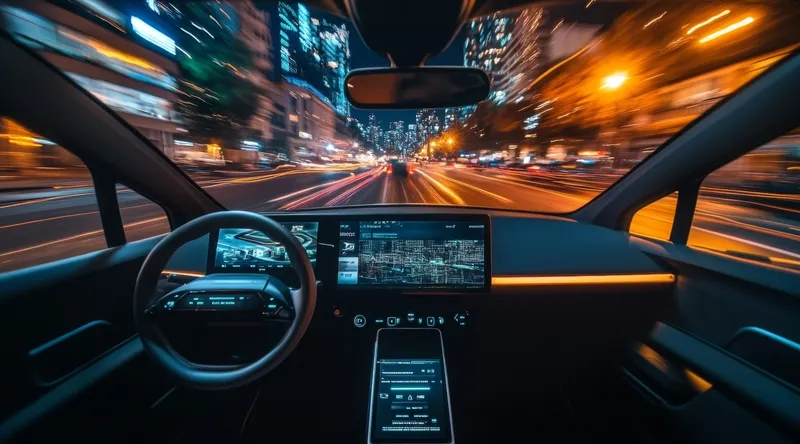According to a new study by ABI research, the first driverless vehicles will appear in North America in the beginning of the next decade, evolving to more than 10 million robotic vehicles shipping in 2032.
“While the technological feasibility of autonomous vehicles is being demonstrated by Google, Audi, Volvo, Bosch, and Continental, obstacles such as high costs and lack of legislation remain. On the other hand, the benefits of autonomous vehicles in terms of safety, cost savings, efficiency, and posit
August 28, 2013
Read time: 2 mins
According to a new study by 5725 ABI Research, the first driverless vehicles will appear in North America in the beginning of the next decade, evolving to more than 10 million robotic vehicles shipping in 2032.
“While the technological feasibility of autonomous vehicles is being demonstrated by1691 Google, 2125 Audi, 609 Volvo, 311 Bosch, and 260 Continental, obstacles such as high costs and lack of legislation remain. On the other hand, the benefits of autonomous vehicles in terms of safety, cost savings, efficiency, and positive impact on the economy, are driving research and development efforts globally. With ADAS-type assistance features already being implemented on a wide scale, the next phase of autonomous Co-Pilot type vehicles will materialise in this decade. Fully autonomous, self-driving, robotic vehicles will appear 10 years from now,” says VP and practice director Dominique Bonte.
The disruptive effects of autonomous driving are only just being discovered and its transformative impact on the auto industry and society as a whole will be huge with car sharing and declining vehicle ownership being two of its main exponents.
Autonomous driving technology represents a long term vision and forms a framework for automotive strategy development. The current focus on passive safety functionality, such as emergency calling, integrated smartphone-based infotainment, advanced HMI addressing driver distraction, and UBI will become less relevant as the gradual move towards active safety and automation renders driver-centric features at least partially redundant. This will require changing attitudes from governments favouring V2X mandates and autonomous driving legislation and subsidization over eCall mandates, HMI guidelines, and banning portable devices.
ABI Research’s new “Autonomous Vehicles” study covers autonomous vehicle segmentation, use cases and applications, technology, players and solutions, impact and benefits, challenges and issues, and analogies and lessons learnt from other industries such as aviation and rail. The report also provides forecasts for autonomous vehicle shipments and technology value per type and region for the next twenty years.
“While the technological feasibility of autonomous vehicles is being demonstrated by
The disruptive effects of autonomous driving are only just being discovered and its transformative impact on the auto industry and society as a whole will be huge with car sharing and declining vehicle ownership being two of its main exponents.
Autonomous driving technology represents a long term vision and forms a framework for automotive strategy development. The current focus on passive safety functionality, such as emergency calling, integrated smartphone-based infotainment, advanced HMI addressing driver distraction, and UBI will become less relevant as the gradual move towards active safety and automation renders driver-centric features at least partially redundant. This will require changing attitudes from governments favouring V2X mandates and autonomous driving legislation and subsidization over eCall mandates, HMI guidelines, and banning portable devices.
ABI Research’s new “Autonomous Vehicles” study covers autonomous vehicle segmentation, use cases and applications, technology, players and solutions, impact and benefits, challenges and issues, and analogies and lessons learnt from other industries such as aviation and rail. The report also provides forecasts for autonomous vehicle shipments and technology value per type and region for the next twenty years.








